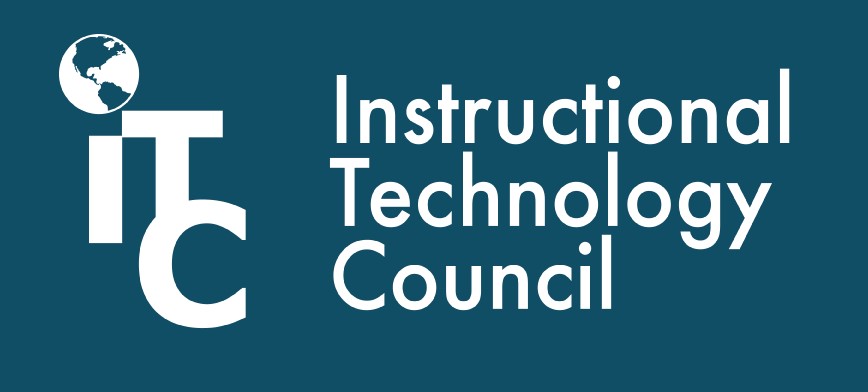There is something cathartic about watching a fictional teacher grading students’ exams and exclaiming, “Philistines. Lazy, vulgar, rancid, little Philistines.” Although no real teachers would think poorly of students in a momentary lapse of positivity, the suspension of disbelief that a film provides is perhaps therapeutic for educators.

In the 2023 Golden Globe-nominated film, “The Holdovers,” directed by Alexander Payne, Paul Giamatti plays a caustic, grizzled teacher of ancient history at an upscale preparatory school in the Northeast. At its heart, the story explores three lonely souls at Christmastime navigating their unique yet common losses. A depressed teacher named Mr. Hunham, a troubled high school student named Angus, and a grieving cafeteria cook named Mary are forced against their wills to spend the weeks of holiday break together. The trio form a strong partnership and makeshift family in the absence of their own. Labeled by many critics as one of the year’s best films, a teacher/student tale hasn’t felt this heartwarming since “Dead Poets Society.”
This article is part of a monthly column provided by the Instructional Technology Council, an affiliated council of the American Association of Community Colleges.
Take heart
When we take inventory of the past year, it has been difficult for the community college. We have lost colleagues to higher-paying jobs or more flexible remote jobs. Community college instructors have felt the sting of low enrollment, and instruction continues to pose new challenges with the advent of generative AI. We have watched as Gen Z has lost confidence in higher ed and, by extension, their confidence in us.
If there was ever a year that we needed a parable of heartwarming hope, maybe it is this one. Writer Parker J. Palmer wrote of a teacher’s potential burnout in his book, Courage to Teach, “Every profession that attracts people for ‘reasons of the heart’ is a profession in which people and the work they do suffer from losing heart. Like teachers, these people are asking, ‘How can we take heart again so that we can give heart to others?’”

In the “The Holdovers,” Mr. Hunham struggles to listen to Angus to what he needs and who he is. He declares to Mary, that these students have “…had it easy their whole lives,” to which Mary intervenes. “You don’t know that. Did you?” Mary reminds him that he doesn’t truly know Angus’ story. In time, Mr. Hunham realizes that Angus’ reality is complicated and heartbreaking — much like his own. As the two explore Boston on an impromptu field trip, they begin to challenge their assumptions about each other, listen and finally prevail at speaking each other’s language.
As teachers, the desire to understand, to be understood in the process, and to bring about a positive and lasting change is our highest aim. As we enter 2024, how do we challenge our own assumptions and listen in new ways to our colleagues and our students?
Listening differently to our colleagues
As the partnership between Mr. Hunham and Angus grows, they adopt the phrase, “entre nous,” throughout various circumstances they wish to keep between themselves, like the moment Angus dislocates his shoulder in the “strictly off-limits” gymnasium. This French phrase for “between us” serves as a verbal connection between the two outsiders as their camaraderie grows.
Since the beginning of the community college movement, liberal education and workforce education have, in many ways, seen each other as outsiders. How much common ground does a philosophy instructor really have with a Microsoft Excel instructor anyway? In a world where ChatGPT can do the homework of both classes, quite a lot. In the alternative approach or divergent viewpoint of a colleague, we may find answers to our complex problems. Tech entrepreneur, Vanessa Wainwright, wrote last July about the “…the need for academic disciplines to step out of their academic silos, challenge the boundaries of their disciplines and collaborate in order to develop new skills and innovation – a transdisciplinary collaborative approach to finding solutions to the technological and societal disruptions we have experienced over the last decade.”
According to the Center for Innovative Teaching and Learning at Northern Illinois University, “Transdisciplinarity requires innovation, cooperation, and intentionality.” Our transdisciplinary approach took flight this past semester in which we piloted a cohort of IT students and communication students for a unique skill-building project to build digital literacy, collaboration and problem-solving. Working together, these workforce and liberal arts students strengthened their durable “soft” skills while bringing different disciplinary perspectives to discussions. As educators from entirely different silos, we saw the value of teaching the same content from more than one viewpoint renewing our passion for faculty collaboration.
Listening differently to student needs
As “The Holdovers” hits its third act, Angus and Mr. Hunham meander through a museum in Boston. It has already been made painfully clear to the always out-of-sorts teacher that he isn’t well-liked by the general student population (although Angus is coming around). After Mr. Hunham makes an insightful and almost emotional speech about ancient history, Angus points out, “You should try doing more of that in class… and less yelling.” By the end, the audience sees a transformation in Mr. Hunham and his classroom.
Gen Z students are focused on their futures in fresh ways, asking for real-world applicability and courses that translate to jobs. Last month, we witnessed our students sharing faculty-created, verified Credly badges on LinkedIn earned through our courses. While we were proud of their academic achievements — completing their coursework and moving through their degree pathways toward traditional credentials — the digital badges hit us differently. Although workforce education often includes industry certifications, for liberal arts courses, this was futuristic and foreign. Yet, the payoff of seeing a learning artifact with translatable hiring data was invigorating.
If we want to prepare students for tomorrow, we must be willing to listen to our students, try new things, and not rely on tools of the past. The world is changing, and supporting the economic mobility of our students in a new era of skills-based hiring feels precisely like the thing community college instructors should be doing.
Unlike credentials, micro-credentials or digital badges are a need that has emerged from the changing digital environment. Digital badges are the fuel to an increasingly “liquid” resume model which allows for the explicit showcasing of skills recognizable by human and machine “eyes.” Noah Geisel, micro-credential manager at the University of Colorado and director of the Badge Summit, explains, “At both human and machine-readable levels, badges aim to communicate a deep, rich narrative about who people are as learners and achievers. That is their superpower.”
Digital badging is just one example, our example, of an innovative way to meet the needs of students in a lasting way.
Perhaps as we move into the new year, may we consider lessons from the cranky yet wise Mr. Hunham who might tell us that transformational listening echoes of Aristotle, “The whole is greater than the sum of its parts.”
* * *

Brittany Hochstaetter is a professor of communication at Wake Tech Community College in Raleigh, North Carolina. She represents the Southeast on the board of directors for the Instructional Technology Council.
Chad McKenzie is a professor in the information technology division at Wake Tech. He is a Microsoft-certified educator, 2024 Certiport ambassador and member of the Pearson IT Advisory Board.





